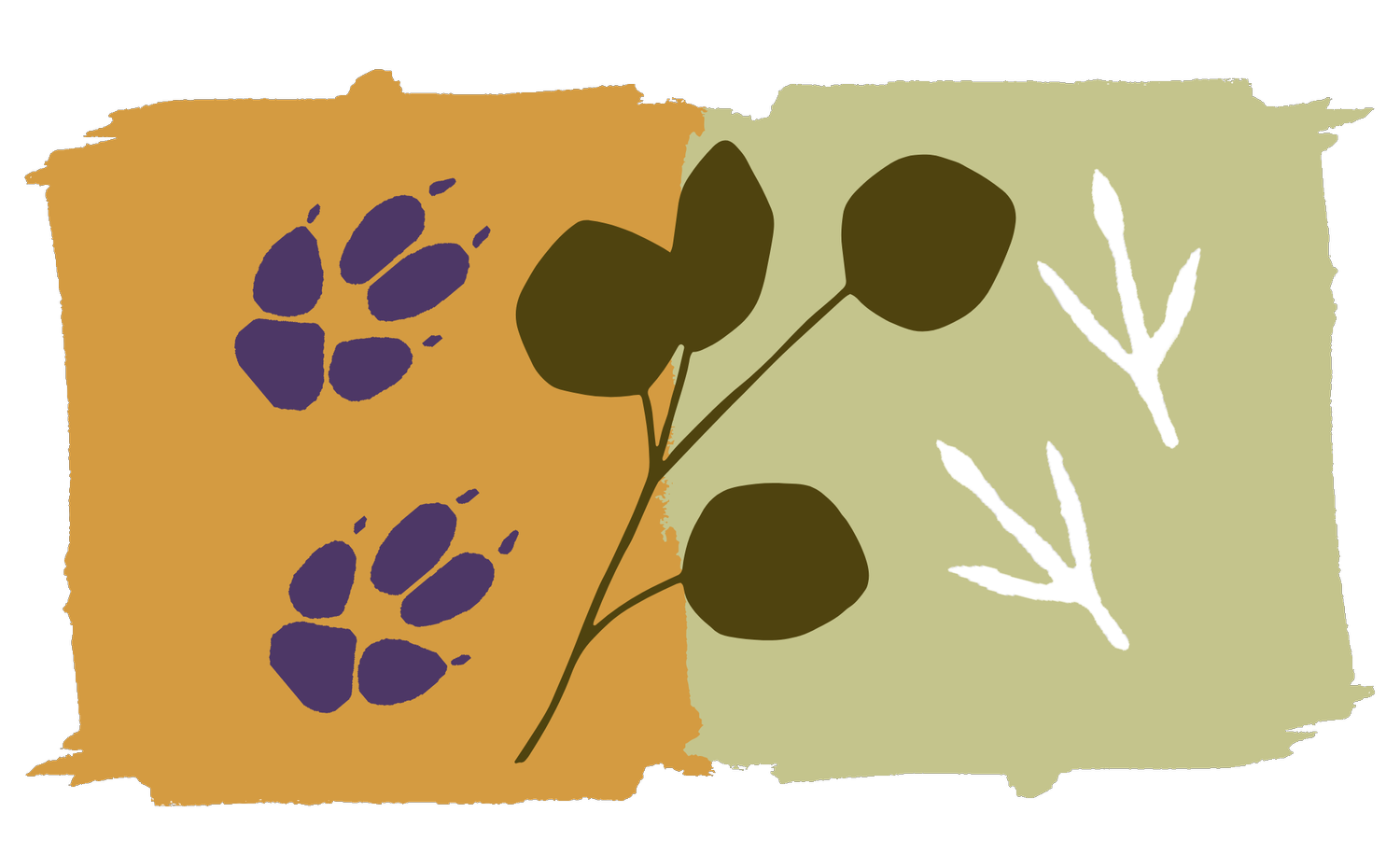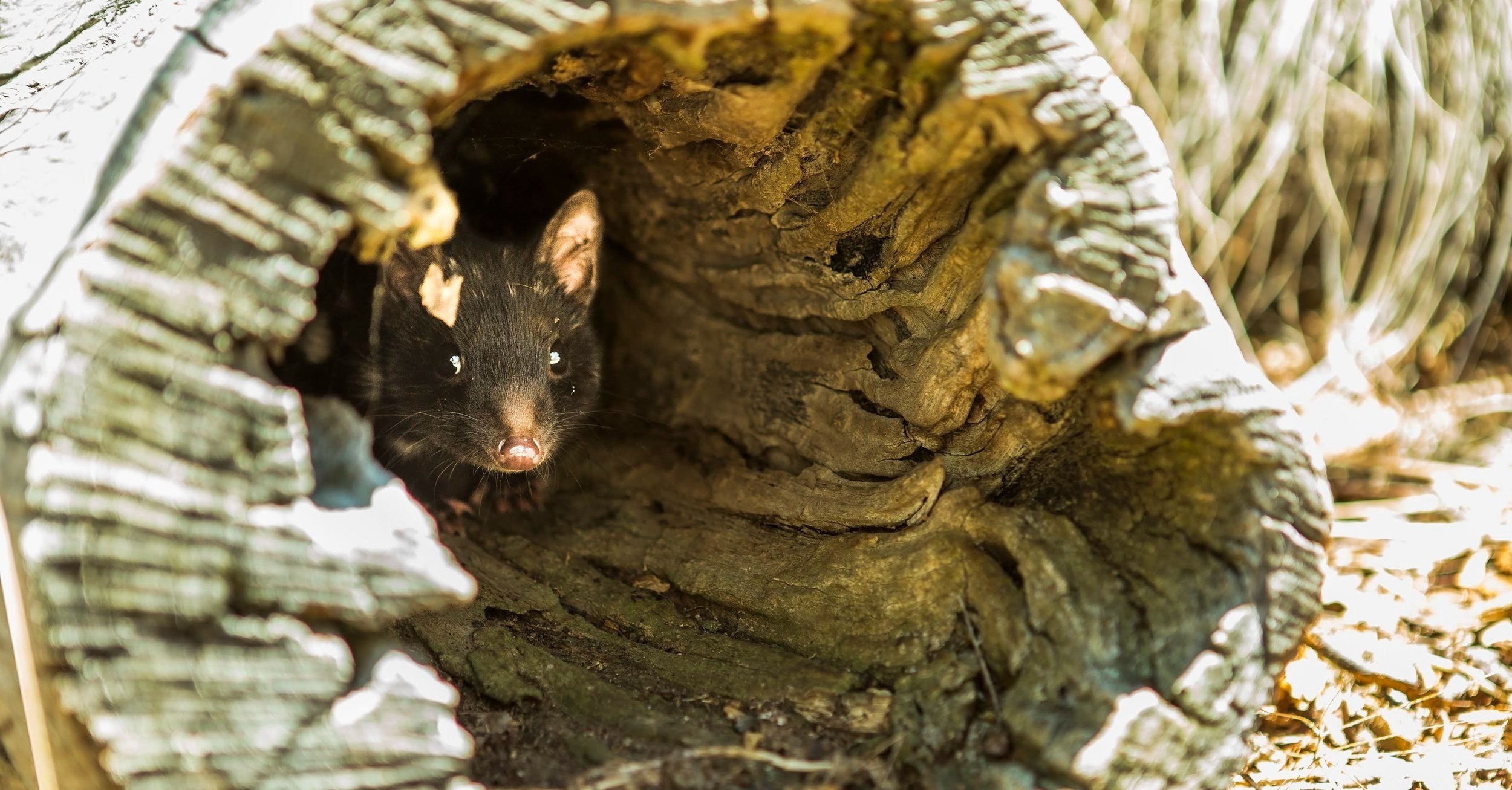
Coexistence conservation
Invasive predation as a threat
Invasive predators are one of the key threatening processes facing native fauna across the globe. To address this, conservationists have undertaken substantial work to remove invasive predators or mitigate their effects.
The many challenges associated with this goal mean that most successful conservation programs have been restricted to small islands, enclosures or “safe havens” (like Mulligans Flat), or refuge habitats where threatened species can exist free from predation by invasive predators.
While these approaches are essential, we do not want to ‘lock-in’ a scenario where native species vulnerable to invasive predators are accepted as permanently absent from the wild (the ‘shifting baseline syndrome’, Manning et al. 2006).
Harnessing evolution for adaptation
“Coexistence conservation brings together recent innovations and concepts that explore coexistence of invasive predators and threatened prey into a unified conceptual framework:” - Evans et al. (2022).
Using evolution to adapt native species to a new environmental order requires a shift in mindset from small, isolated, and short-term leaps, to deliberate, staged steps within a long-term strategy. A key principle of coexistence conservation is that predation is treated as the threat, rather than the predator. Focus is placed on the outcome rather than the agent.
Coexistence conservation is a complementary approach to current practice. We argue that it will play a profound role in shifting our current trajectory from rapid invasive predator-driven defaunation to a world where invasive predators and native prey can coexist.
A pathway to the wild
At current trajectories, conventional wild approaches will likely lead to decline and extinction of many of Australia's least predator-resistant species because of the widespread prevalence of the impacts of invasive predators.
While captive facilities are crucial for preventing extinctions, they are not long-term solutions for species conservation.
Safe-havens, such as Mulligans Flat, offer a short-to-medium-term solution by allowing threatened species to live in ‘wild-like’ habitats, but risk refuge naïveté and restrict dispersal if populations are left without intervention.
Instead, coexistence conservation offers a long-term goal that seeks to enable threatened species to adapt and survive in the presence of invasive predators.
A long-term vision
The majority of ecological and conservation research is conducted over short timescales, typically <5 years, with discrete projects spanning the length of the funding cycle. Short-term measures that prematurely categorise projects as ‘successes’ or ‘failures’ risk locking in the degraded shifting baseline (Manning et al. 2006), and ignore the long-term nature of species recovery.
However, short-term ‘success’ might still be long-term failure, and short-term ‘failure’ might lead, through adaptive management or adaptation, to long-term success.
Many of the challenges we face in redressing defaunation can be overcome by creating a clear and proactive long-term vision.
In conservation science there are two seemingly intractable issues:
The challenge of changing course from the current trajectory of global species loss, which risks becoming the degraded shifting baseline for the conservation of threatened species, and
Current efforts to manage threatened species and invasive predators can make the prospect of conservation more difficult to achieve, reinforcing the first issue.
Coexistence conservation focuses on adopting a long-term, iterative, and adaptive process for learning and refining tactics. Our hope is that this approach will pivot our current trajectory away from biological annihilation toward a world where invasive predators and native species can coexist.
Publications under this theme
Read et al. (2023) Havens are a pathway, not an endpoint, for species recovery: a response to Woinarski et al. (2023). Biological Conservation, 285: 110212.
Andrewartha et al. (2023) Landscapes of nausea: successful conditioned taste aversion in a wild red fox population. Conservation Science and Practice, 5(8): e12984.
Smith et al. (2022) Mini Safe Havens for population recovery and reintroductions ‘beyond-the-fence’. Biodiversity and conservation, 32(1): 203–225.
Evans et al. (2022) Coexistence conservation: Reconciling threatened species and invasive predators through adaptive ecological and evolutionary approaches. Conservation Science and Practice, 4(7): e12742.
Andrewartha et al. (2021) Outfoxing the fox: Effect of prey odor on fox behavior in a pastoral landscape. Conservation Science and Practice, 3(12): e516.
Manning et al. (2021) Bettering the devil you know: Can we drive predator adaptation to restore native fauna? Conservation Science and Practice, 3(8): e447.
Evans et al. (2021) The ‘Goldilocks Zone’ of predation: the level of fox control needed to select predator resistance in a reintroduced mammal in Australia. Biodiversity and Conservation, 30(6): 1731–1752.





